Texas Life Jacket Laws: Everything You Need to Know
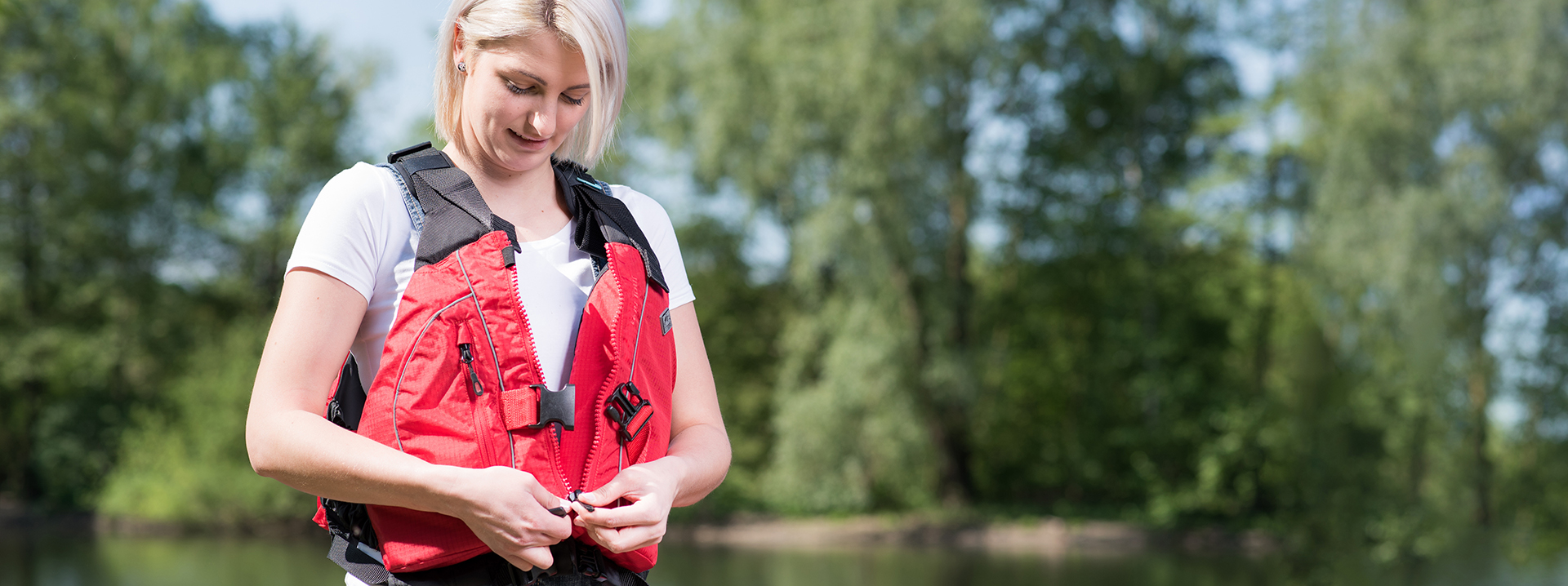
Whether cruising through the Gulf of Mexico on a sailboat or jet skiing on Lake Travis, it's important to put safety first. In 2023, millions of Americans had a great time with friends and family on the open water. Unfortunately, according to the U.S. Coast Guard, over 564 of them didn't return home after an outing gone awry.
It's likely that many of these victims might have survived if they had worn life jackets. In Texas, life jacket laws exist to help you make it home safely at the end of every expedition. Your odds of doing so improve greatly when you understand and follow the life jacket laws in Texas.
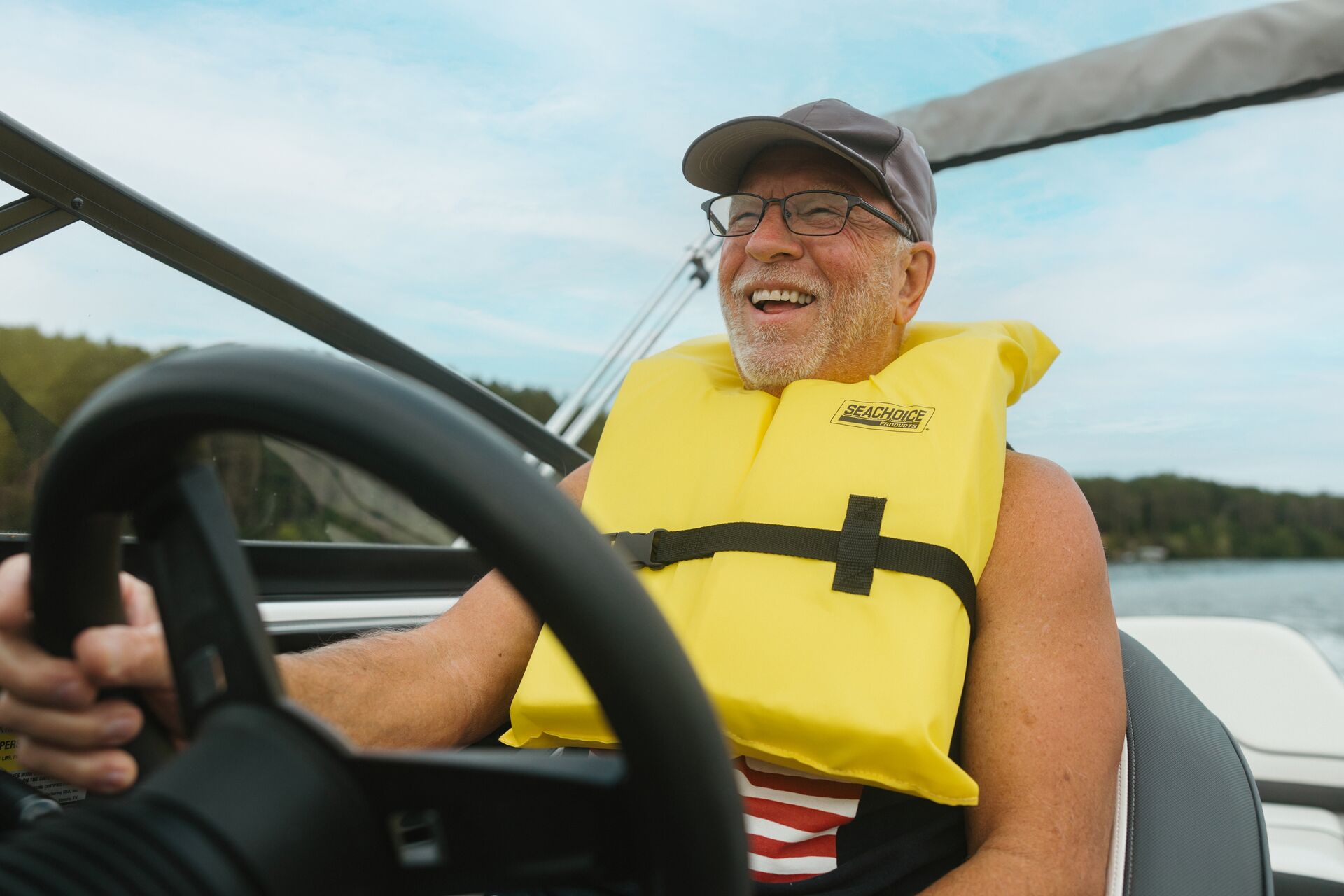
Texas Life Jacket Laws and Insights at a Glance
Let's hit the highlights first.
In Texas, regulations for personal flotation devices (PFDs), sometimes called life jackets, are contained in the 1975 Water Safety Act. This legislation includes a variety of important rules and guidelines for the use of PFDs while boating.
These laws are in addition to federal regulations, which the Water Safety Act also addresses.
Additionally:
- According to the U.S. Coast Guard (USCG), in 2023, drownings were recorded as the cause of death in 75% of all boating fatalities; 87% of these drowning victims were not wearing a life jacket.
- Texas law requires that all children under 13 years of age must wear a USCG–approved life jacket while aboard a vessel that is underway. Additionally, all passengers must wear a USCG–approved life jacket while riding on or being towed behind a personal watercraft (PWC).
- Texas law also requires that all vessels carry at least one USCG–approved life jacket for each person on board. Certain vessels must carry at least one throwable device as well.
Next, we'll dig deeper into the regulations for different types of boats and activities to make sure you boat legally and safely.
Texas Life Jacket Laws for Boating
Texas law requires that all vessels sailing in Texan waters — including canoes, kayaks, and other paddle craft — must have at least one suitable, wearable PFD for each passenger that meets USCG standards and is readily accessible.
Additionally, any vessel over 16 feet long must have at least one USCG-approved throwable PFD that the crew can toss to someone who falls overboard. Plus, all children under the age of 13 must wear a USCG-approved life jacket while on a vessel less than 26 feet in length. However, this only applies while the boat is underway, not when the vessel is anchored, aground, or moored.
Although teenagers and adults are not required to wear their life jackets constantly, there still must be one available for each of them. It's essential to make sure that all PFDs on board a vessel are USCG–approved, in good and serviceable condition, and readily accessible.
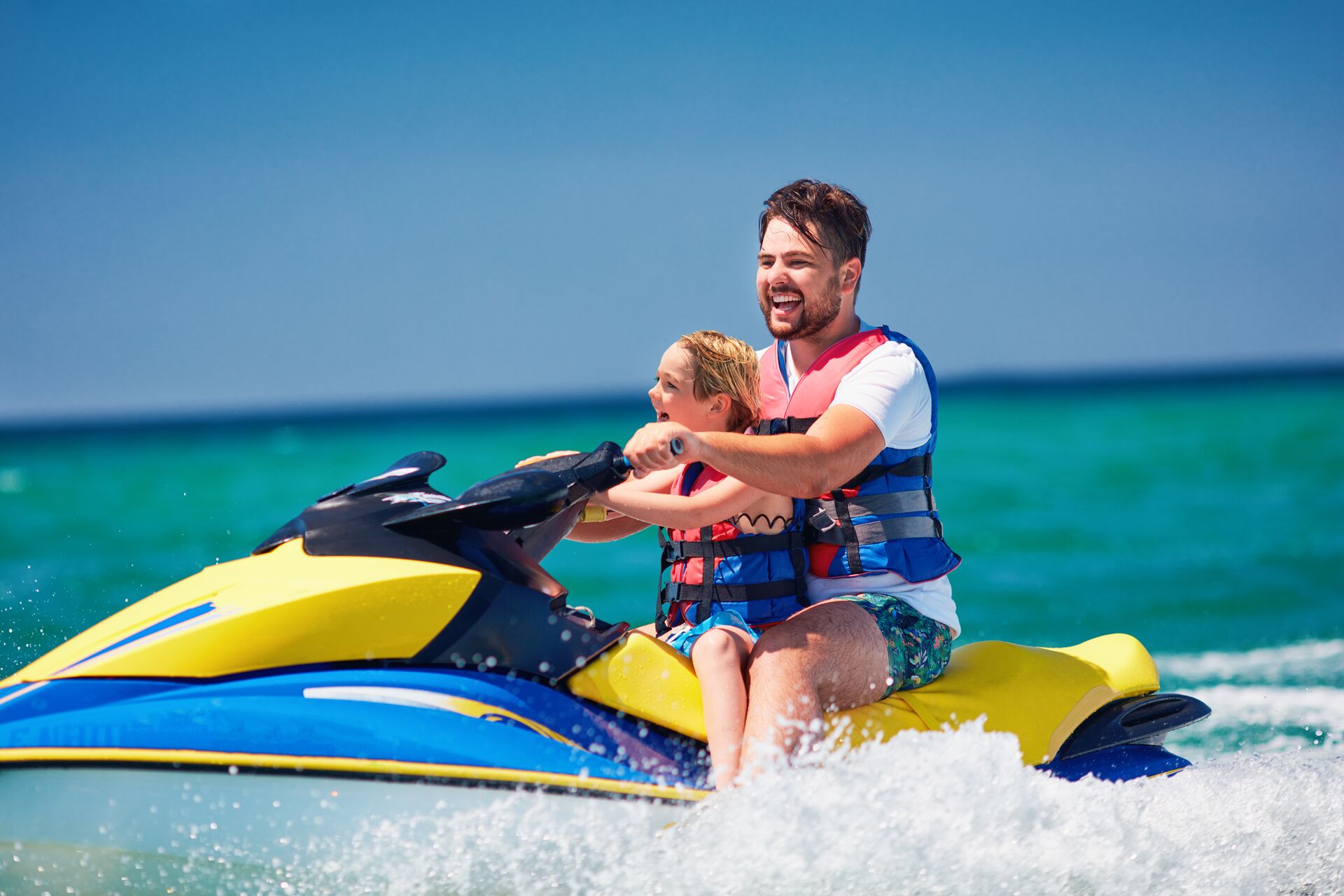
PWC Life Jacket Laws in Texas
Life jacket laws are a bit more stringent when operating PWCs. Texas law requires that all passengers (not just children under the age of 13) must wear a USCG–approved PFD while riding on or being towed behind a PWC.
The law defines a PWC as a type of motorboat that the operator stands, sits, or kneels on. These vessels are different from conventional vessels, like motorboats, yachts, canoes, or kayaks, which allow operators and passengers to sit or stand inside.
There are many types of PWCs. Some are used for fishing or riding the waves with a passenger. Others are smaller and designed for water sports, and they can hold only a single, standing passenger.
However, Texan law doesn't differentiate between the various uses or models of PWC. The requirement that every person must wear a life jacket when they're riding or being towed by a PWC applies across the board.
The Importance of Life Jackets
In a boating accident, a simple, affordable life jacket can make the difference between life and death. Even strong swimmers are much safer when wearing life jackets because a PFD will minimize the energy a wearer must use and help to fend off exhaustion.
Some types of life jackets are designed to turn you onto your back while you are in the water, enabling you to breathe even if you are unconscious. Features like these can dramatically extend the time rescuers have to reach you.

What Are the Types of Life Jackets?
Texas law defines a PFD as a personal flotation device or a life jacket. There are several types of PFDs available for boaters to use, but it is the law in Texas that the USCG must approve any PFD you use.
When choosing a life jacket, you'll see Type I, II, III, IV, and V. They are categorized based on the type of activities you'll do on the water and the PFD's effectiveness at keeping you afloat or upright if you end up in the water.
Life Jackets vs. PFDs
A PFD is a device designed to help you float when you are in the water; this includes both wearable devices (life jackets) and throwable devices. In short: all life jackets are PFDs, but not all PFDs are life jackets.
All vessels in Texas must be equipped with USCG–approved PFDs, sometimes called life jackets.
Inflatable Life Jackets
Inflatable life jackets that fill with air are a popular alternative to traditional foam life jackets. Because an inflatable jacket remains uninflated until needed, it's less bulky and obtrusive than other options.
However, this type of PFD is useless if it's punctured or can't be inflated. For this reason, the USCG, which maintains national standards for life jackets, states that an inflatable life jacket must have a full cylinder, and all status indicators on the inflator must be green to satisfy the federal requirement to carry PFDs.
Texas law requires that any inflatable life jacket you use meets the standards set by the USCG. You can find out whether your PFD meets these requirements by checking the label inside the jacket.
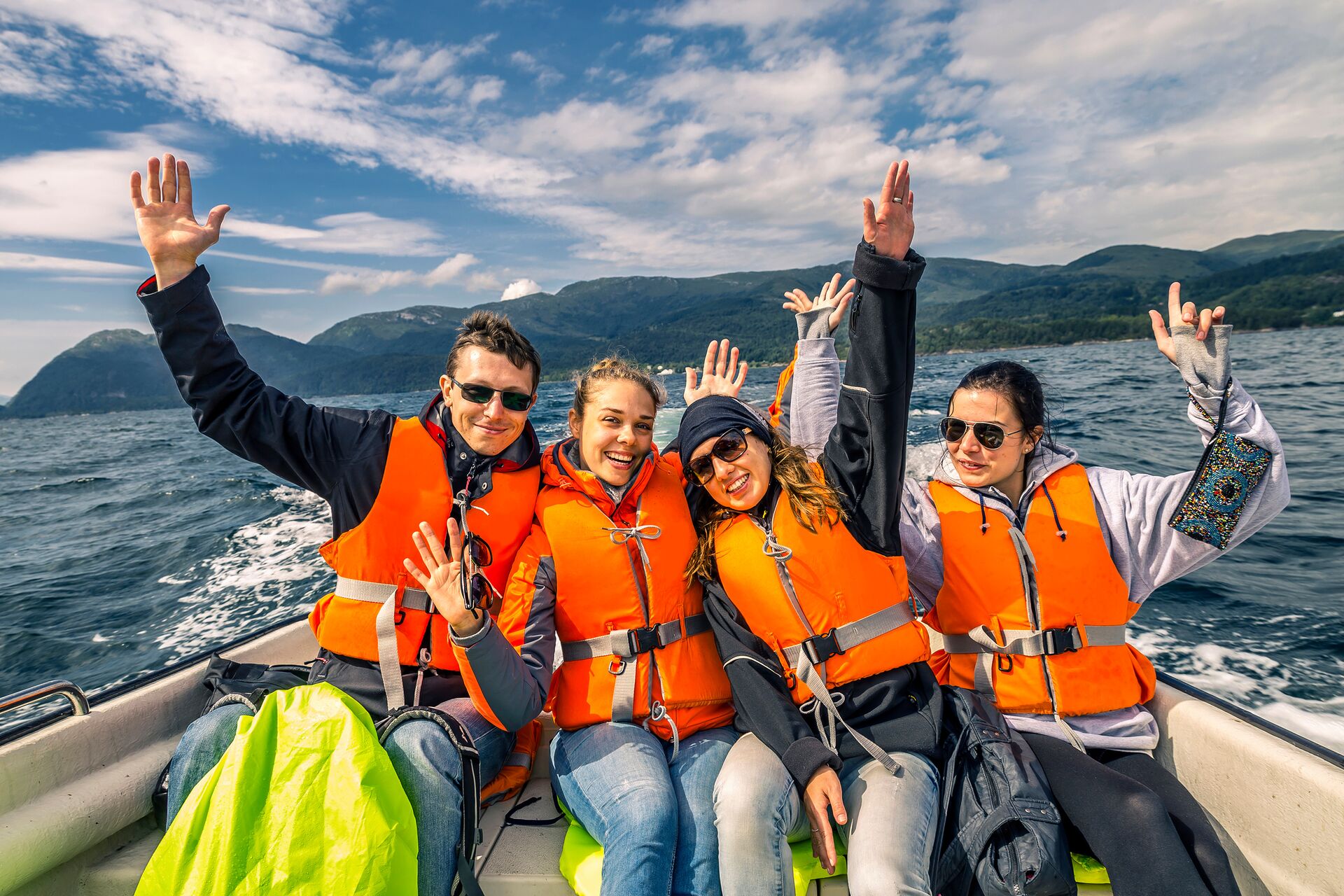
Always Maintain Good Boater Safety Practices
The USCG offers several guidelines for implementing safety practices while boating. Here are some important tips from the organization that are repeated in Texas law:
- To meet USCG requirements, a recreational vessel must have a USCG–approved life jacket for each person aboard.
- Life jackets must be the appropriate size for the user, appropriate for the activity in which they're being used, in good and serviceable condition, and meet the USCG–approved carriage requirements.
- Life jackets must also be readily accessible and a good fit for the user.
A "good fit" is defined as secure, comfortable, and adjustable.
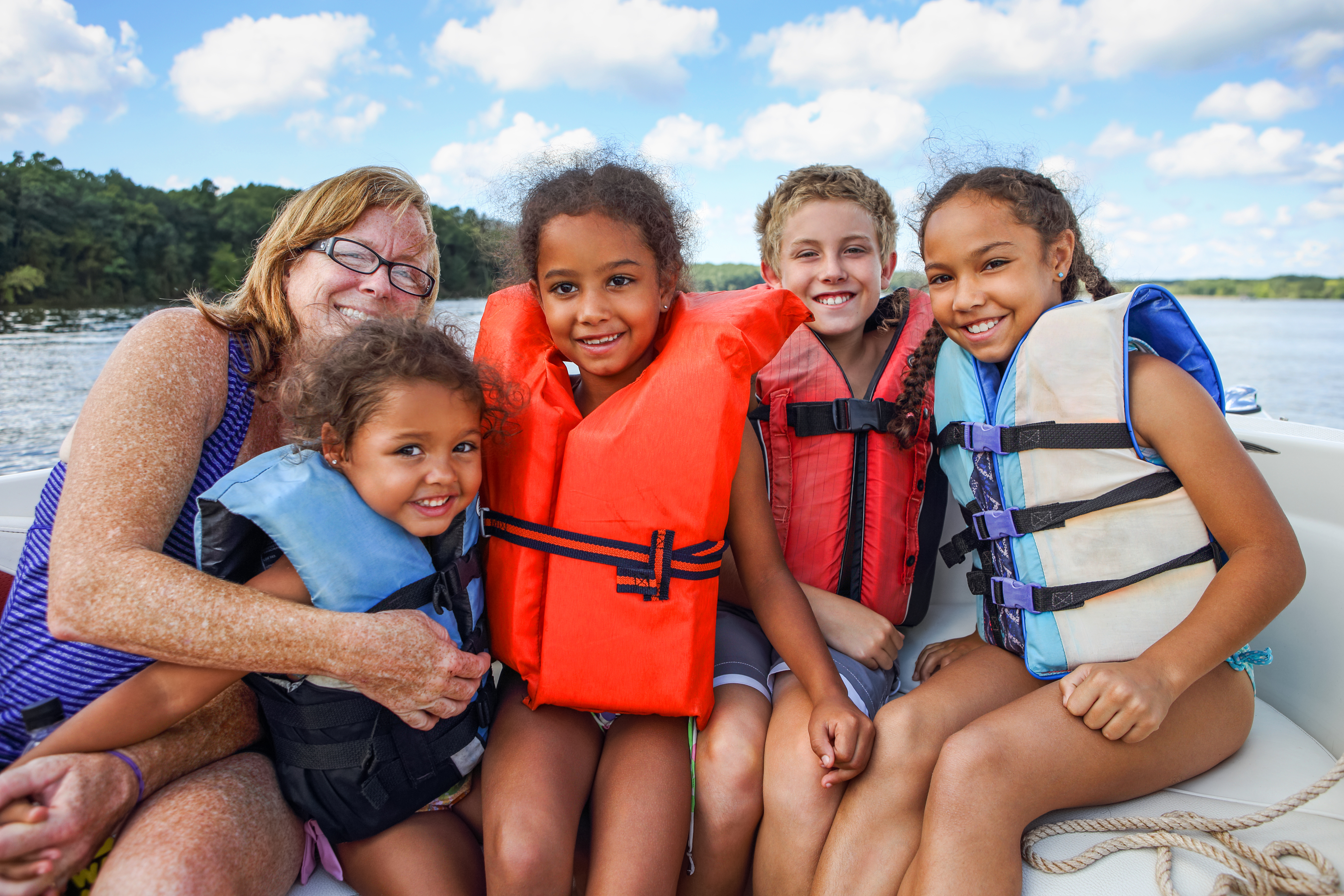
ilearntoboat Teaches Boater and Life Jacket Safety
Here at ilearntoboat, we're all about boating and boater safety. Our team seeks to teach the recreational boating community how to have fun while avoiding accidents. Our goal is to introduce new people to the joys of boating and help reduce preventable boating fatalities.
If you're looking to earn your boating license or learn more about good boater safety practices, you're in the right place. Our website is brimming with resources that we've made available to inquisitive, safety-minded people like you.
Keep exploring our blog to learn more about how to have safe, exciting fun as a boater, and get your Texas boating license today.
Originally published November 5, 2020. Content most recently reviewed and updated for accuracy and recency November 14, 2024.



